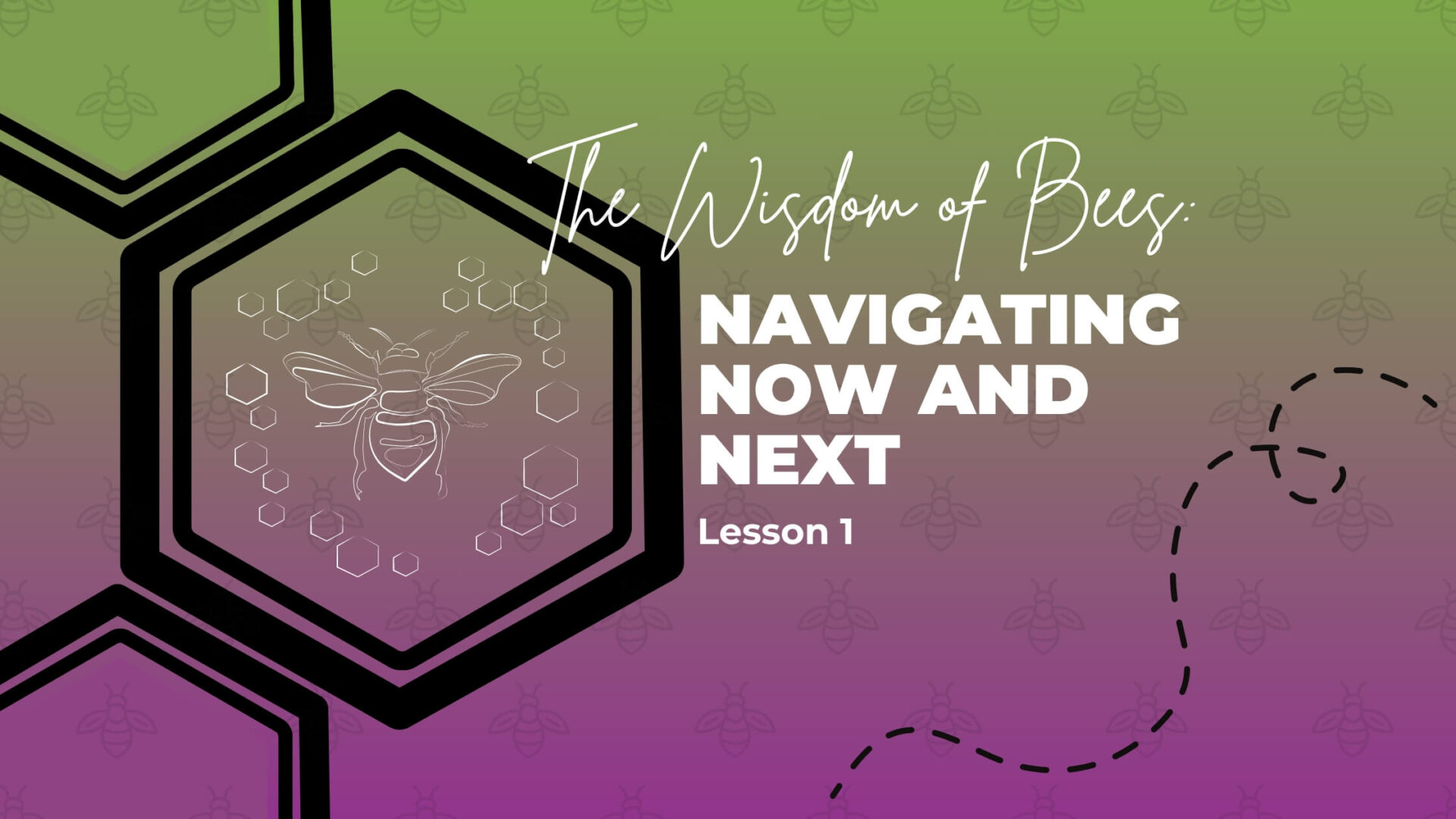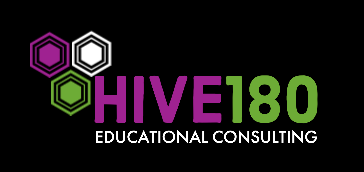
Lesson 1 – Navigating Now and Next
Honeybee survival hinges on a delicate balance between present needs and future sustainability. Bees exhibit a remarkable ability to simultaneously harvest nectar and pollen while actively searching for new sources. This dual approach ensures that they not only meet their immediate nutritional requirements but also anticipate changing environmental conditions and ensure the long-term viability of their colony. By strategically diversifying their focus on foraging for now _and focusing one where _next, bees safeguard the health and resilience of their hive.
Similarly, charter schools operate within a dynamic educational landscape where the needs and challenges of today may differ significantly from those of tomorrow. For charter school boards and leaders, it’s imperative to adopt a forward-thinking approach that encompasses both present realities and future possibilities.
Charters can be proactive for the future and more responsive in the present when they establish longitudinal tracking mechanisms for key data trends such as demographic, academic (aggregate and disaggregated), and financial. As a practical example, I can remember when the school I founded first opened, our student demographics for the attendance zone were significantly different from what they are today. Because the school carefully tracked the changing demographic trends each year for the county, it was able to:
- adapt board, staff, and student marketing and recruitment strategies and initiatives to better reflect the community served;
- prepare for a long term professional development approach to make sure teachers had the tools to serve the changing needs of the students;
- make revisions to the academic program to support the student population;
- prepare for funding changes;
- incorporate this data into strategic planning and charter renewal planning.
Similarly, being cognizant of ever changing interests and needs of stakeholders is critical. Most schools do some sort of surveying, but the kind of surveying conducted should be very purposeful to leverage for immediate change and for future planning. How many schools ask staff and parents in their surveys what keeps them at the school … and what would make them want to leave? How many schools conduct exit interviews with families and staff and use this data to inform future planning? Understanding satisfaction rates and tracking retention data is just not enough. If discipline has become an issue with staff and is causing staff to leave, that may inform current procedures, or potentially later staffing levels or professional development offerings. If families are thinking of leaving because they want more extracurricular offerings or high school options, that might inform strategic planning. Knowing this level of information helps not only in the moment, but also to look further out to avoid loss of staff and students.
Engaging with local organizations and agencies with their finger on the pulse of economic development and businesses, as well as organizations with common interests are other ways to not only support the immediate needs of the school, but also future opportunities and planning. Engaging with the local Chamber of Commerce, joining local leadership programs, attending city council or county commission meetings and keeping an ear to the ground about new businesses coming to the area help plan for future enrollment, demographic shifts, or maybe even opportunities to shift programming to better prepare students to enter the workforce. Likewise, engaging and building relationships with businesses and organizations that offer social services or other youth-serving programs or funding can enhance programmatic offerings or help the school be prepared to fill a future, unexpected gap. In addition, all of these contacts are great sources for current and future board members!
Just as bees diversify their foraging efforts to ensure a healthy hive today and long-term survival, charter schools must prioritize strategic planning, adaptability, and innovation to thrive in an ever-changing educational ecosystem.
Let me know how I can support your school in navigating now and next!
